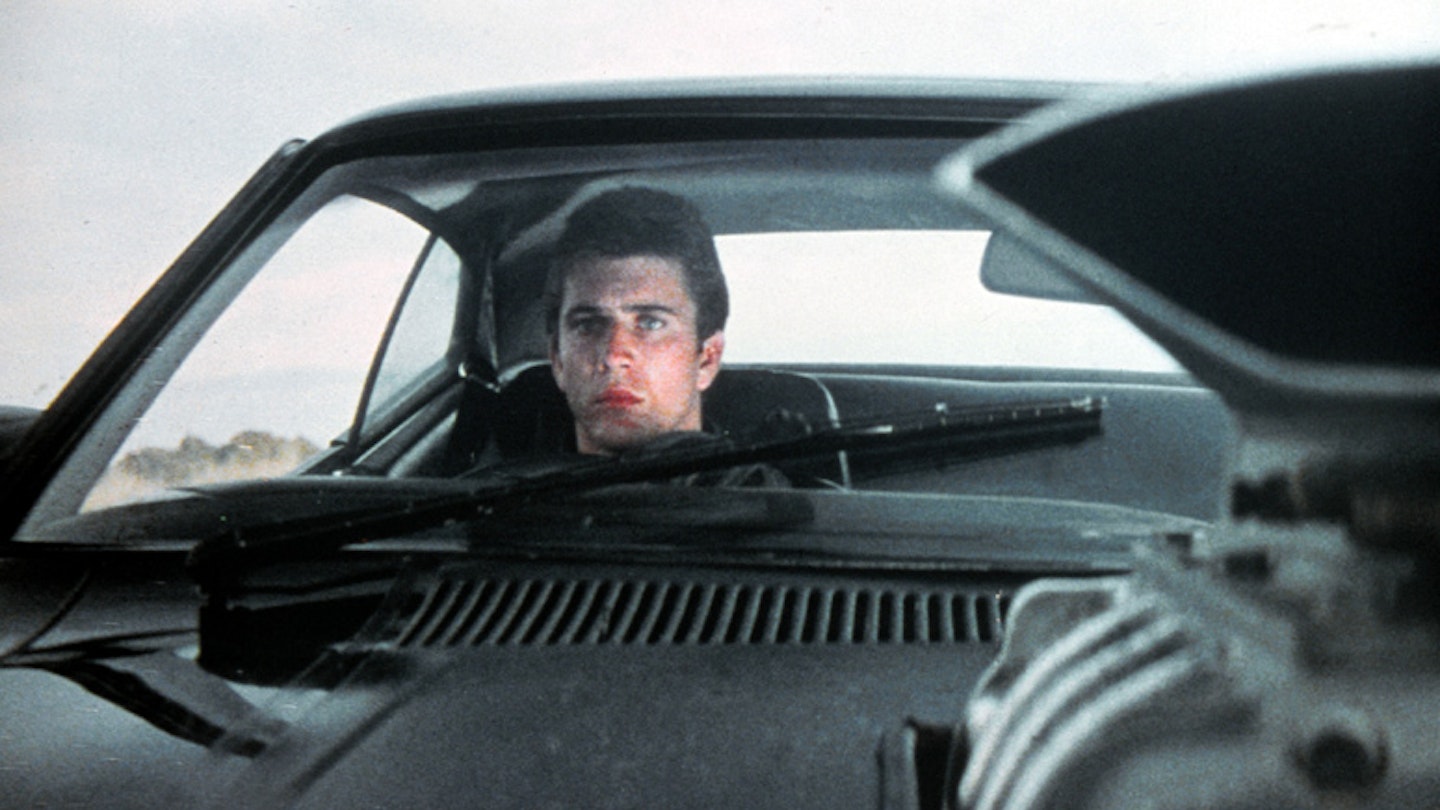Key filmmakers: Bruce Beresford, Phillip Noyce, Gillian Armstrong, George Miller, Fred Schepisi, Peter Weir
Key dates: 1975-1985
What is it? If the Aussie New Wave kicked off with a kinda-horror set amid Australia’s tinnie-drinking Homo Ockerus (the startling Wake In Fright), the movement wasn’t all about utes, wifebeaters and bloke culture. Directors like Bruce Beresford, his beery creation Barry McKenzie apart, and grads from the newly established Australian Film, Television And Radio School like Phillip Noyce, Gillian Armstrong and Chris Noonan mainlined the film industry down under with energy and talent.
The more-or-less permanent sunshine enabled them to shoot in God’s own country using God’s own arc light. There was no trademark style – some, like Peter Weir, plumped for impressionistic landscapes, others opted for dust-caked realism – and the settings varied from out-there sci-fi dystopias (Mad Max) to Ben Hecht-like newsrooms (Newsfront) to the suffocating conformity of a 19th century girls’ boarding school (Picnic At Hanging Rock). The country that adopted cinema as early as 1900, three years before Edwin S. Porter’s The Great Train Robbery, was back with a bang.
If you’ve seen Mad Max: Fury Road you’ll have a flavour of what Aussie cinema looked like in the late ’70s (minus the CGI and Max Rockatansky tied to the front of a truck). It could be raw, sophisticated, character-driven and spectacular, and was often in the space of the same two hours. Between 1970 and 1985 the Australian film industry turned out 400 films, often taking inspiration from writers like Thomas Keneally (The Chant Of Jimmie Blacksmith), Joan Lindsay (Picnic At Hanging Rock) and Gabrielle Carey and Kathy Lette (Puberty Blues or ‘Pubes’ as it was known), making waves overseas and scoring openings for actors like Mel Gibson, Sam Neill, Judy Davis and Jacki Weaver in Hollywood.
What to watch: Wake In Fright (1971), The Cars That Ate Paris (1974), Picnic At Hanging Rock (1975), Don’s Party (1976), The Chant Of Jimmie Blacksmith (1978), Newsfront (1978), Mad Max (1979), Breaker Morant (1980), Puberty Blues (1981), Gallipoli (1981)
What did it influence? Mad Max has been a touchpoint for future sci-fis from Waterworld to The Terminator, while the grimy DNA of Ozploitation flicks like Wake In Fright has bled into Wolf Creek and others.
Trivia: Mad Max, shot for just $400,000 using funds George Miller raised working as a doctor, held the highest cost-to-profit ratio until Blair Witch 20 years later.
What to say: “Great Aussie cinematographers like Dean Semler and Russell Boyd made glorious paintings with available light.”
What not to say: “G’day, fancy lunch on that strange rock over there?”
